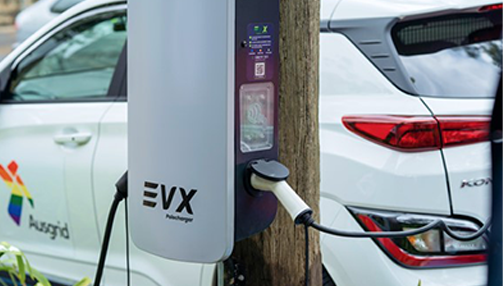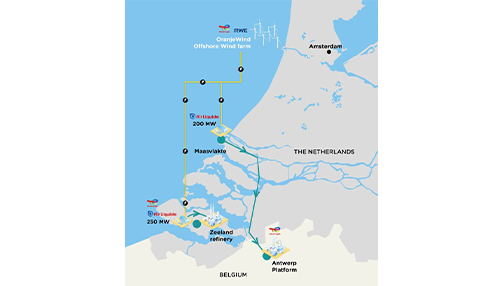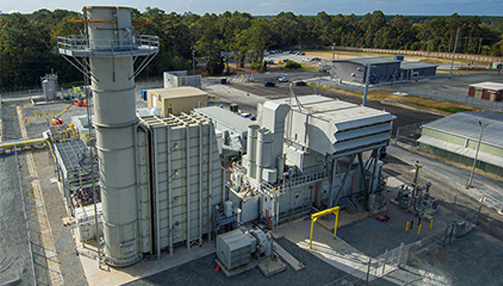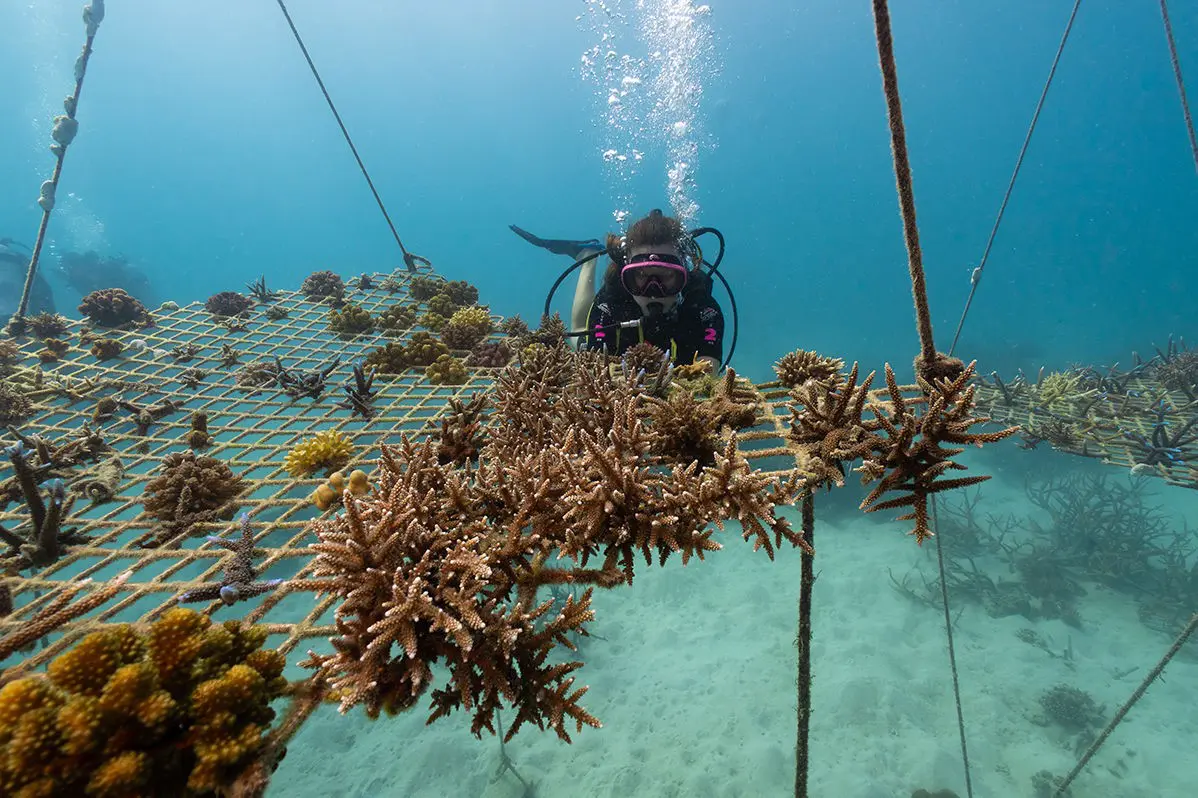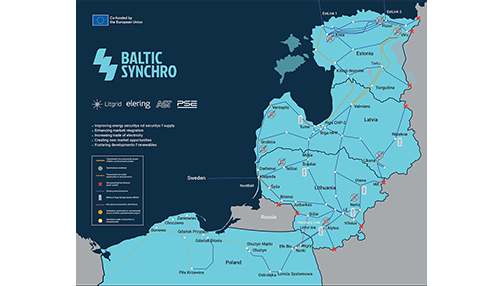
Hydrogen Fuel Cell Electric VTOL
Fuel-Cell Provides Higher Energy-Density Than Lithium Batteries
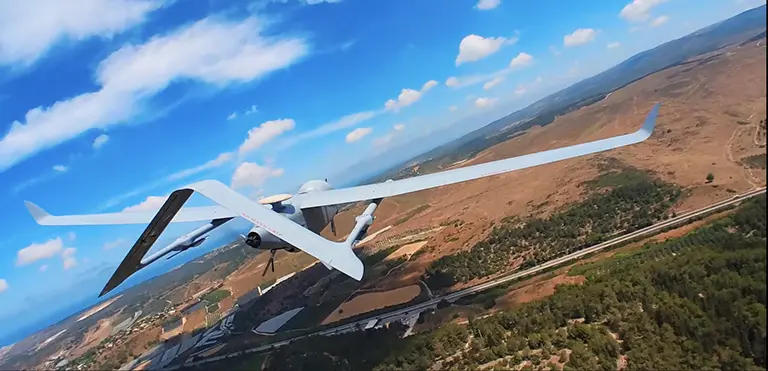
BlueBird Aero Systems (BlueBird) unveiled a breakthrough in its operational Vertical Takeoff and Landing (VTOL) unstaffed aerial vehicle (UAV), powered by a new proton exchange membrane (PEM) fuel-cell technology developed over the past several years by H3 Dynamics. The electric VTOL UAV has a flight endurance of over 6 hours.
According to BlueBird, the WanderB-VTOL is designed for rapid deployment and operation in any environment. It can effectively function in GPS-denied and spoofed conditions. The WanderB-VTOL is already in service with over 25 global customers and has more than 350 platforms delivered to date.
The hydrogen fuel-cell enables up to 1000 operational hours (until maintenance round). BlueBird said that its customers can enjoy this extended endurance by upgrading their WanderB-VTOL systems with the new fuel-cell power source.
In addition to having a flight endurance of 6 hours, the WanderB-VTOL has a maximum takeoff weight of 40 pounds (18 kg), a flight ceiling of 4877 m (16,000 feet), and a payload capacity of 3.3 pounds (1.5 kg).
According to BlueBird, the fuel-cell provides higher energy-density than lithium batteries, allowing the UAV to stay on target for longer durations at the same weight, with operational advantages that reduce takeoffs and landings cycles to lower strain and maintenance costs. These advantages can lead to longer and more efficient missions and less “dead” time on the way to the target’s area, according to BlueBird. For example, a mapping flight powered by a fuel-cell can cover a much larger area. “This is a significant technological milestone for the tactical UAV industry,” said Avi Elraz, vice president of research, development, and engineering at BlueBird.

At the core of the system lies a hybrid solution, combining a hydrogen fuel-cell with a backup battery. The fuel-cell provides a continuous, clean power source, generating electricity through an electrochemical reaction between hydrogen and oxygen, with water as the only byproduct. The backup battery ensures additional energy when needed and acts as an emergency source of energy.
BlueBird believes that its eco-friendly innovation redefines sustainability in UAV operations, ensuring that environmental responsibility meets high performance. “Bluebird is already leading the VTOL UAV market with battle-proven, reliable and capable UAVs, and now, with WanderB-VTOL powered by fuel cell, even more capable with unmatched endurance for a more effective missions” said Ronen Nadir, founder and chief executive officer of BlueBird Aero Systems.


